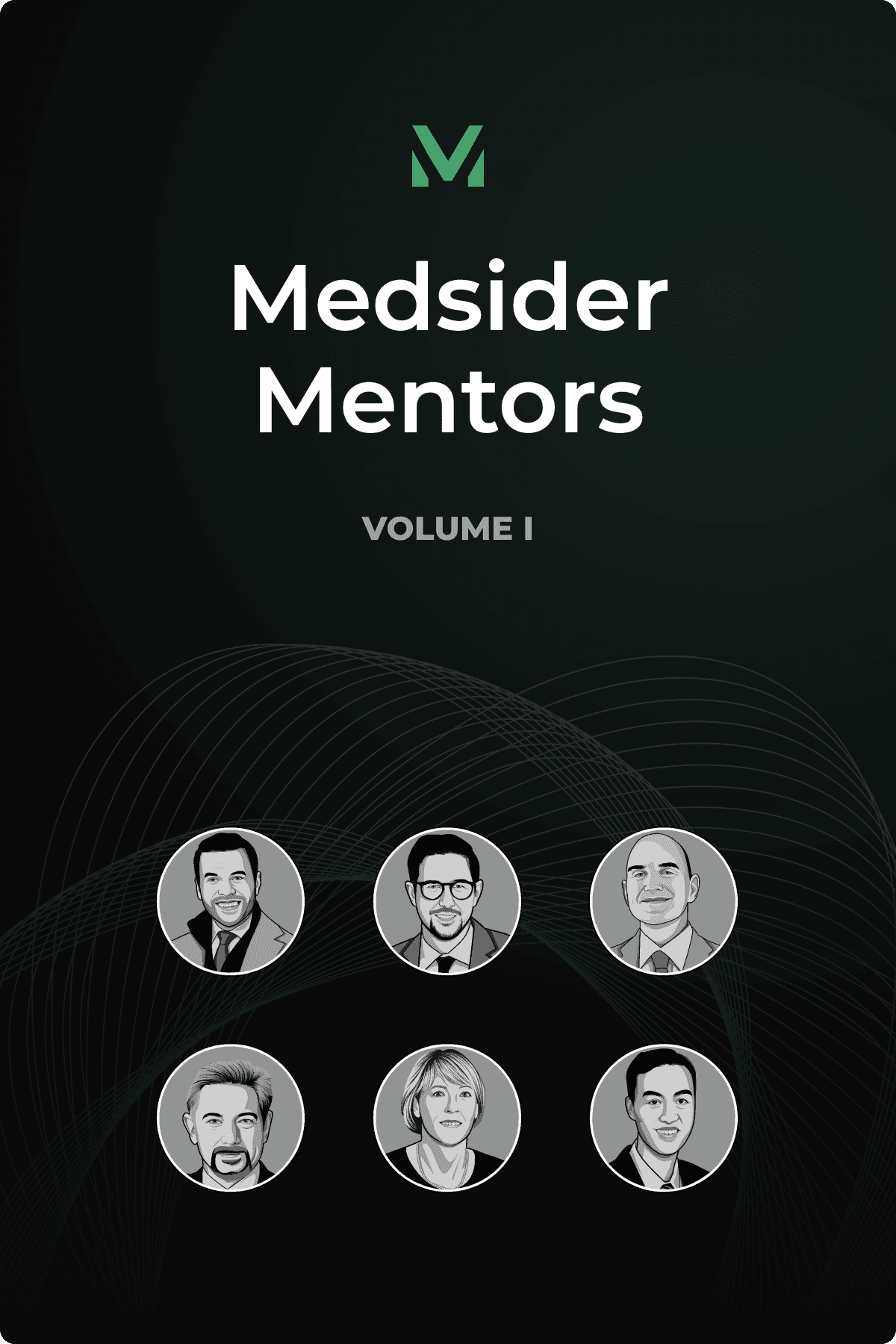From Academia to Medtech Entrepreneur
Interview with SpineX CEO Parag Gad

Some entrepreneurs leave a legacy not only for their inventions but also for the heart they put into their work. Such is the story of Parag Gad, the co-founding CEO of SpineX, which is a clinical-stage bioelectric medtech startup doing more than just pushing boundaries in healthcare. With groundbreaking, non-surgical devices that improve neurological conditions, Parag and his team at SpineX are genuinely improving the quality of life for adults and children struggling with debilitating conditions like spinal cord injuries, stroke, and cerebral palsy.
Despite being formally trained as a biomedical engineer, Parag’s real mastery lies in neurophysiology.
His venture into entrepreneurship came after 12 years of rigorous training in neurophysiology at UCLA. With over 15 years of experience in both preclinical and clinical research and product development, Parag's ambition to transform basic science into life-changing products materialized with the launch of SpineX in 2018.
After laying a foundation steeped in research and development, SpineX is championing two groundbreaking products, SCONE and SCiP, which are both extensions of their same platform technology but solve different problems in different patient groups.
SCONE assists adults suffering from neurogenic bladder while SCiP is designed to serve children struggling with cerebral palsy by improving their sensory-motor functions. Both devices leverage the power of spinal neuromodulation to improve patients’ life quality. What separates these from other interventions in this space is their non-invasive, non-surgical, and thus painless nature, and their ability to induce long-term neuroplasticity.
As Parag explains, “You wear it for an hour a day, a couple of times a week, and you're able to induce what's called neuroplasticity in the brain and spinal cord. So the improved function that you're observing is not only present when the electrical neuromodulation is actively delivered, but you're actually causing changes in the organization of the brain and spinal cord, allowing them to retain function even in the absence of active stimulation.”
Although SpineX is still a relatively young company, both SCONE and SCiP have received a breakthrough device designation by the FDA, which is the agency’s way of identifying and prioritizing new technology that saves lives and treats debilitating diseases. SCONE is currently in multicenter clinical trials, and SCiP is on the horizon to start clinical enrollment in early 2024. Parag proudly reports that for SCONE alone, between 30 and 35 patients have seen significant improvements in their bladder function. Similarly, SCiP has improved the quality of life of about 46 children with cerebral palsy.
With his company headed towards a bright future, Parag is quite excited about the new frontiers in the bioelectric space. “Be it invasive, non-invasive, optogenetic…the applications are infinite. From migraine treatment to spasticity treatment to parenteral dysfunction to pain — pretty much everything can be managed with bioelectrical medicine.”
Key Learnings From Parag’s Experience
Moving from academia to entrepreneurship brings a whole new set of challenges. Be prepared for a steep learning curve as you navigate the various operational, financial, and technological hurdles. Surround yourself with experienced and passionate people and commit to clinical evidence to inform your decision-making. Most importantly, never stop learning.
Building credibility is crucial for long-term success. For SpineX, FDA's Breakthrough Device Designation for its flagship products has certainly helped. Explore possible routes to demonstrating trust and remember that establishing legitimacy early on can have a lasting impact on your company's success.
There are viable alternatives to venture capital for securing funds for your startup, such as grants, for example. While submitting them can be meticulous and time-consuming, it’s not impossible to master. Illustrate both the social impact and commercial viability of your product to raise the odds for securing this type of non-dilutive capital.
You May Like These Articles
Medsider Premium
Become a premium member and unlock access to exclusive Medsider benefits.



